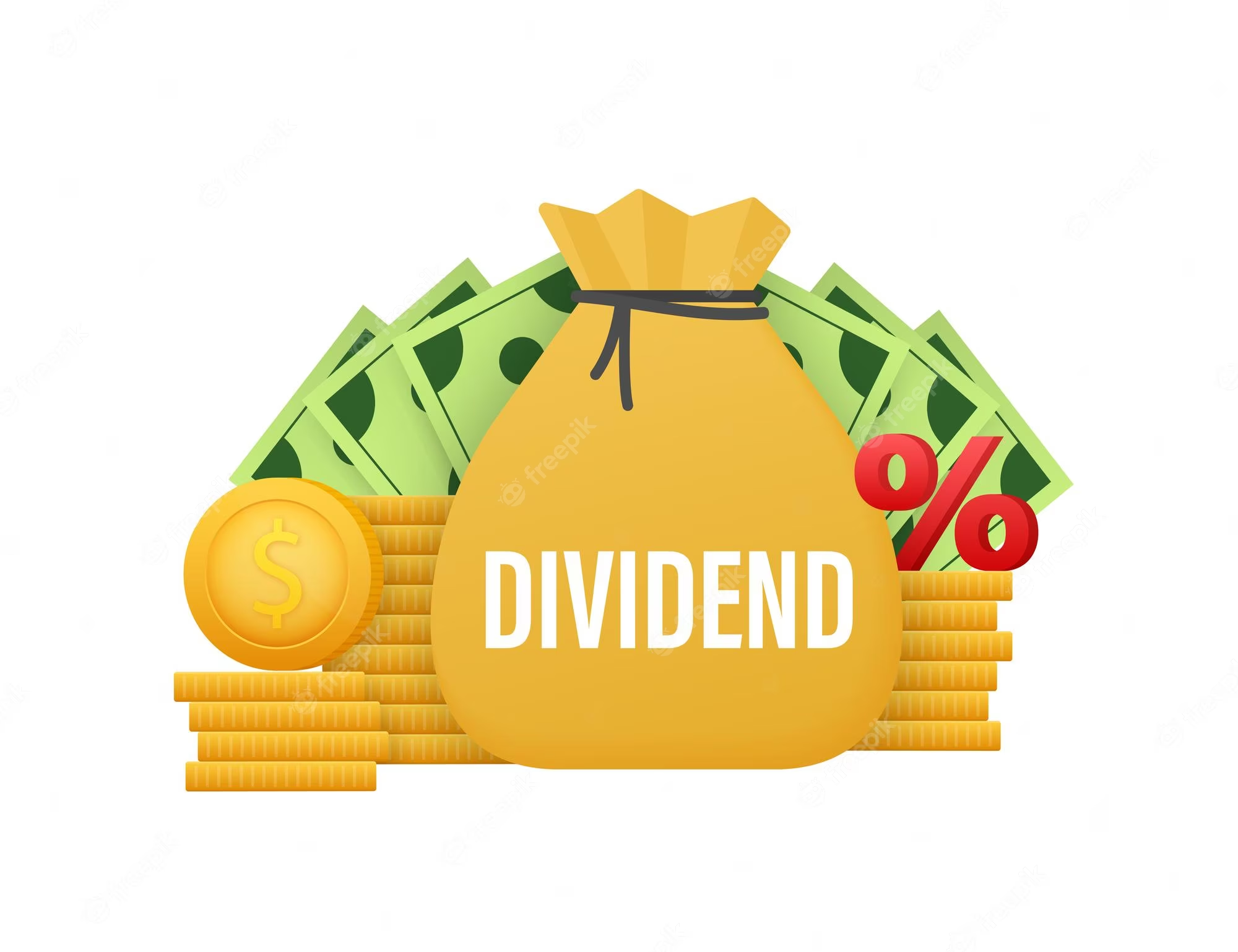Dividend stocks have consistently proven to be a powerful instrument in the world of investing. With a track record of outperforming the S&P 500 and offering lower volatility, these stocks have become increasingly popular among investors seeking lower-risk investment opportunities, especially those nearing retirement. In this comprehensive guide, we will explore the world of dividend stocks, how they work, and how you can use them to build wealth and financial stability.
Table of Contents
- Understanding Dividend Stocks
- The Power of Dividend Investing
- How to Invest in Dividend Stocks
- Examples of Successful Dividend Stocks
- Key Metrics for Evaluating Dividend Stocks
- Avoiding the Yield Trap and Focusing on Dividend Growth
- Dividend Taxation and Implications
- Dividend Investment Strategies
- Real-World Examples of Building Wealth with Dividends
- Final Thoughts and Tips for Success
Understanding Dividend Stocks
Dividend stocks refer to shares in companies that distribute a portion of their earnings to shareholders in the form of cash payments, typically on a quarterly basis. This regular income, coupled with the potential for capital appreciation, offers a total return that can accumulate over time and contribute to wealth-building.
Investing in dividend stocks can be an effective strategy for investors who want a more predictable source of return, as these payments are disbursed regardless of the company’s stock price fluctuations, provided the company continues to pay dividends.
The Power of Dividend Investing
The primary appeal of dividend stocks lies in their dual sources of return: dividend payments and capital appreciation. As companies grow and their stock prices increase, investors can enjoy both the steady income from dividend payments and the increase in the value of their shares. This combination of income and growth has historically outperformed the broader market, making dividend stocks a valuable addition to any investment portfolio.
Moreover, dividend stocks offer the advantage of lower volatility than non-dividend-paying stocks, making them particularly attractive to investors seeking more stable investment options. This reduced risk can be particularly beneficial for those approaching retirement or looking for lower-risk investments.
How to Invest in Dividend Stocks
Investing in dividend stocks begins with a thorough understanding of the companies you are considering. This includes researching the company’s financial health, industry position, and dividend payment history. Once you have identified potential dividend stocks, you can purchase shares through a brokerage account or financial advisor.
To make the most of your dividend investments, consider reinvesting your dividend payments through a Dividend Reinvestment Plan (DRIP). DRIPs allow you to automatically reinvest your dividends to purchase more shares of the company, often without incurring additional fees or commissions. This can help you grow your investment over time, taking advantage of the power of compounding.
Examples of Successful Dividend Stocks
Many well-known companies have a long history of paying dividends, offering investors a reliable source of income. Examples of successful dividend stocks include:
- Chevron (NYSE:CVX): With a dividend yield of 3.88% and a history of dividend growth for over 35 years, this energy company is an attractive option for dividend investors.
- Procter & Gamble (NYSE:PG): As a consumer defensive company, Procter & Gamble has increased its stock dividends for more than 50 consecutive years, boasting a dividend yield of 2.47%.
- Lowe’s (NYSE:LOW): This consumer cyclical company has also raised its dividends for over 50 years, offering a dividend yield of 2.01%.
These companies represent just a few examples of the many dividend stocks available to investors, spanning various industries and offering different levels of yield and growth potential.
Key Metrics for Evaluating Dividend Stocks
Before purchasing dividend stocks, it’s essential to evaluate them using key metrics to determine their potential for income and growth. Some important metrics to consider include:
- Dividend Yield: This is the annualized dividend expressed as a percentage of the stock price. A higher yield is generally preferable, but it’s crucial to consider the company’s ability to maintain and grow the dividend over time.
- Dividend Payout Ratio: This metric represents the dividend as a percentage of the company’s earnings. A lower payout ratio generally indicates a more sustainable dividend.
- Cash Dividend Payout Ratio: This is the dividend as a percentage of the company’s free cash flow, which can provide a more accurate picture of dividend sustainability than the standard payout ratio.
- Total Return: This includes both the increase in stock price (capital appreciation) and dividends paid, giving investors a comprehensive view of the stock’s performance.
- Earnings per Share (EPS): A history of earnings growth can indicate a company’s ability to raise its dividend consistently and maintain a competitive advantage.
- Price-to-Earnings (P/E) Ratio: This ratio, calculated by dividing the company’s share price by its earnings per share, can help determine if a dividend stock is fairly valued.
Avoiding the Yield Trap and Focusing on Dividend Growth
Inexperienced dividend investors may be tempted to chase stocks with the highest dividend yields, potentially falling into a “yield trap.” A high yield can sometimes indicate a stock’s price has fallen due to the risk of a dividend cut, making it essential to focus on dividend growth and sustainability instead.
To avoid yield traps, consider the following tips:
- Don’t base your investment decisions solely on dividend yield. A significantly higher yield than industry peers may signal trouble rather than opportunity.
- Use payout ratios to assess dividend sustainability.
- Examine the company’s dividend payment history and yield trends.
- Analyze the company’s balance sheet, including debt, cash, and other assets and liabilities.
- Assess the company’s industry position and potential risks from competitors or other disruptions.
By focusing on dividend growth and sustainability, investors can help reduce the risk of falling into yield traps and improve the long-term performance of their dividend stock investments.
Dividend Taxation and Implications
Dividends are subject to taxation, with most dividend stocks paying “qualified” dividends that are taxed at a rate of 0% to 20%, depending on your tax bracket. This range is significantly lower than ordinary income tax rates, which can range from 10% to 37% or more. However, some dividends are considered “ordinary” or non-qualified dividends and are taxed at your marginal tax rate.
Investing in dividend stocks within a tax-advantaged retirement account, such as an Individual Retirement Account (IRA), can help mitigate these tax implications, making it essential to consider your investment vehicle when building a dividend stock portfolio.
Dividend Investment Strategies
There are several strategies to consider when investing in dividend stocks, including:
- Building a dividend portfolio as part of your overall investment plan, focusing on companies with strong financial profiles and growth potential.
- Reinvesting dividends through a DRIP to take advantage of compounding and accelerate portfolio growth.
- Investing in dividend-focused exchange-traded funds (ETFs) or mutual funds, offering diversified exposure to dividend stocks and passive income potential.
Regardless of the strategy you choose, incorporating dividend stocks into your investment approach can help reduce volatility, boost total returns, and contribute to long-term wealth-building.
Real-World Examples of Building Wealth with Dividends
Let’s consider an example of a 35-year-old investor with an annual income of $60,000, saving at an average rate of 7%. This investor plans to invest in dividend stocks over a 30-year period, aiming for a 9% annual return (in line with historical stock market performance). By contributing $4,200 annually and reinvesting dividends, the investor’s account balance would grow to over $628,000 by the age of 65.
If the investor were to start five years earlier, at age 30, with the same savings rate and return expectations, their account balance would reach nearly $1 million by retirement. This example demonstrates the power of starting early, saving consistently, and reinvesting dividends to build wealth through dividend investing.
Final Thoughts and Tips for Success
Dividend investing can be a powerful tool for wealth-building and long-term financial stability. By selecting high-quality dividend stocks, maintaining a disciplined investment approach, and reinvesting dividends, investors can accumulate significant wealth and passive income over time.
Remember, it’s crucial to start investing as early as possible, increase contributions as your income grows, and stay disciplined through market ups and downs. With patience, persistence, and a well-thought-out dividend investment strategy, you can successfully build wealth and achieve your financial goals.




